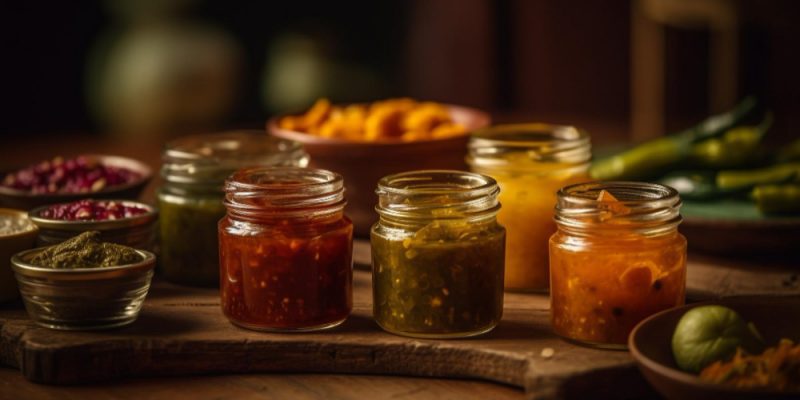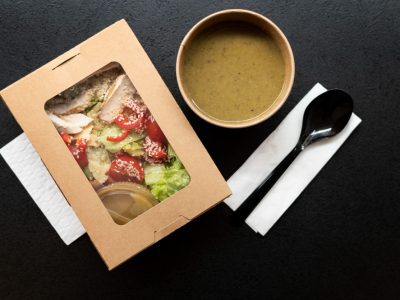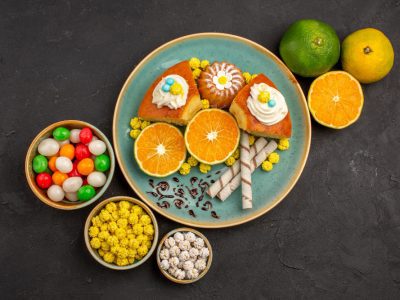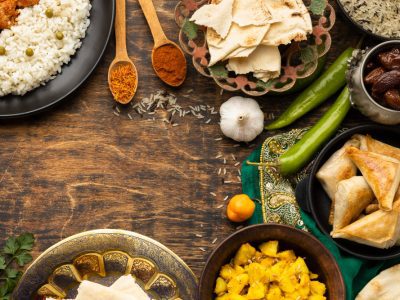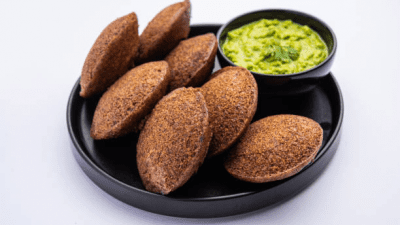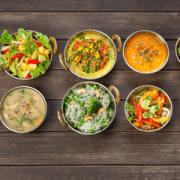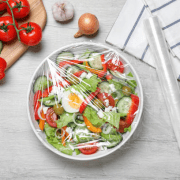Indian condiment recipes are a testament to the country’s rich culinary heritage, where every region, every household, and often every individual has their unique twist on these flavour enhancers. These condiments, ranging from sweet and tangy chutneys to fiery pickles and spicy powders, are not merely accompaniments; they are integral to the Indian dining experience, adding depth, complexity, and a touch of individuality to every meal. The history of Indian condiment recipes is deeply intertwined with the country’s agricultural abundance and its long-standing tradition of preserving food. Ancient texts and historical records reveal that Indians have been crafting condiments for centuries, using a variety of techniques like sun-drying, pickling, and spice blending. The use of spices like mustard seeds, fenugreek, and asafoetida, which are native to India, has played a crucial role in shaping the flavor profiles of these condiments.
The Mughal era brought new influences, with the introduction of ingredients like vinegar and dried fruits, further enriching the repertoire of Indian condiment recipes. The British colonial period also left its mark, with the adoption of techniques like bottling and canning, which extended the shelf life of these condiments. Today, Indian condiment recipes continue to be cherished and passed down through generations, reflecting the country’s diverse regional influences and its deep-rooted connection to culinary traditions. They are a celebration of India’s vibrant flavors and a reminder of the country’s rich culinary heritage.
The Craft of Making Traditional Indian Condiments
The art of making traditional Indian condiment recipes is a labour of love, requiring patience, skill, and a deep understanding of flavors. Here’s a glimpse into the world of these culinary treasures:
Chutneys: A Symphony of Flavors:
Chutneys are perhaps the most versatile of all Indian condiment recipes, offering a wide range of flavors and textures. From sweet and tangy tamarind chutney to spicy mint chutney and fruity mango chutney, there’s a chutney for every palate and every occasion. The key to a good chutney lies in the balance of flavors, with sweet, sour, salty, and spicy notes harmoniously blended. Traditional methods involve grinding or blending the ingredients using a mortar and pestle or a stone grinder, ensuring that the flavors are fully released. Seasonal fruits and vegetables are often used to create chutneys, reflecting the abundance of India’s agricultural landscape.
Pickles (Achar): Preserving the Flavors of the Season:
Pickles, or Achar, are another essential part of Indian condiment recipes, used to preserve fruits and vegetables for extended periods. They are typically made by marinating the ingredients in a blend of spices, oil, vinegar, or salt.
Mango pickle, lemon pickle, and chilli pickle are among the most popular varieties, each with its unique flavour profile. The art of pickling involves careful selection of ingredients, precise measurements of spices, and patient curing, ensuring that the flavors are fully developed.
Sun-drying is a common technique used in pickle making, particularly in regions with hot climates.
Many restaurants that provide Indian food also sell their house-made pickles, and HOGR delivery can bring these to you.
Spice Powders (Masalas):
- Indian condiment recipes also include a variety of spice powders, or Masalas, which are used to add flavor and aroma to dishes. These blends are typically made by dry-roasting and grinding a combination of spices.
- Garam Masala, a blend of warm spices like cinnamon, cardamom, and cloves, is a staple in Indian kitchens. Chaat Masala, a tangy and spicy blend, is used to season snacks and street food.
- Each region has its own unique Masala blends, reflecting its local ingredients and culinary traditions.
- Many small businesses create and sell their own spice blends, and HOGR delivery can provide a way to access them.
Chutney Podis (Dry Chutneys):-
Dry chutneys, or Chutney Podis, are another popular accompaniment, particularly in South India. These blends of roasted lentils, spices, and dried chilies are used to sprinkle over rice, idlis, and dosas. Coconut Chutney Podi, Peanut Chutney Podi, and Curry Leaf Chutney Podi are among the most common varieties, each offering a unique flavor and texture. These are very easy to store, and provide a wonderful spice boost to any meal.
Other Spicy Condiments:-
Many types of spicy oils, and pastes are also created. These are often used in regional cooking.
Conclusion
The craft of making traditional “Indian condiment recipes” is a testament to the country’s rich culinary heritage and its deep-rooted connection to flavors. These condiments, ranging from sweet and tangy chutneys to fiery pickles and spicy powders, are not merely accompaniments; they are an integral part of the Indian dining experience, adding depth, complexity, and a touch of individuality to every meal. The importance of “Indian condiment recipes” extends beyond their taste and culinary significance. They are a reflection of India’s agricultural abundance, its diverse regional influences, and its long-standing tradition of preserving food.
They are a celebration of India’s vibrant flavors and a reminder of the country’s rich culinary heritage. As India continues to evolve and embrace modernity, these condiments will continue to be cherished and passed down through generations, ensuring that the flavors of tradition are preserved for future generations to enjoy. HOGR delivery allows for a larger number of people to experience the joy of these wonderful condiments.
A food enthusiast and a blogger – someone who likes to eat and write about it. I’m passionate about exploring different cuisines and challenging my palette. I give into my food craving regularly and am often on the hunt to find my new favorite food place in town.
